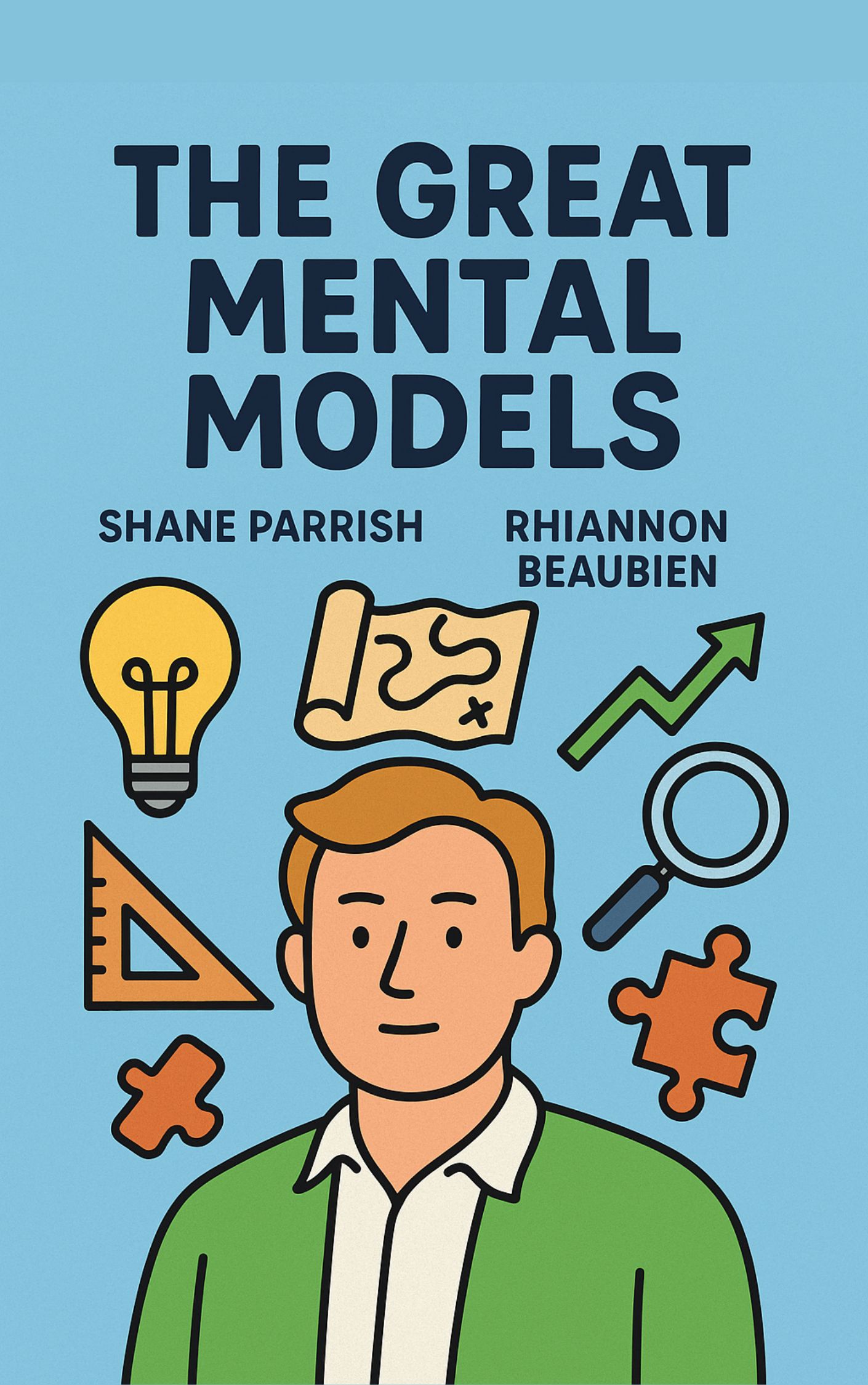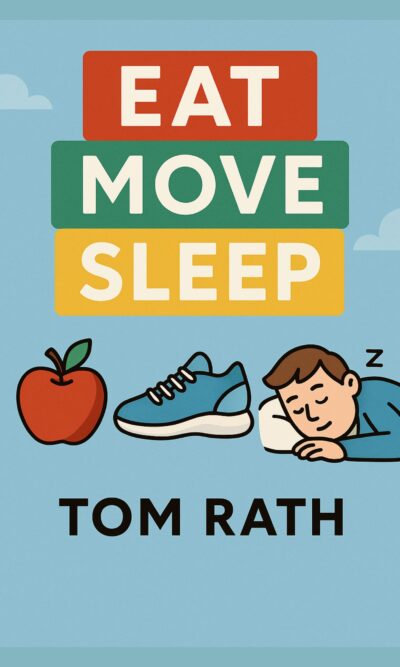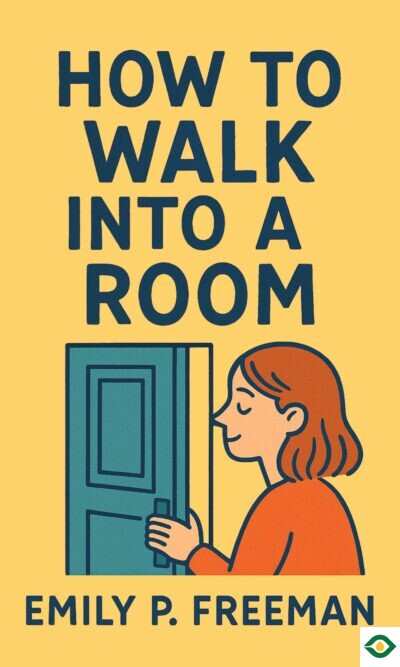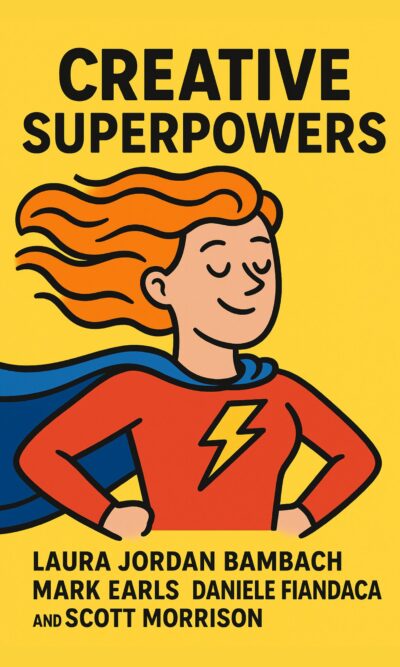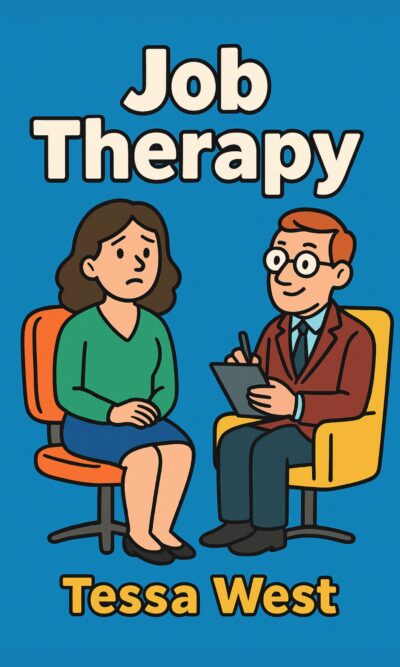Description
Life is full of choices. Every day, we decide what to do, where to go, and how to react. But making good decisions isn’t always easy. Often, we feel overwhelmed by too much information, or we simply act on impulse. That’s where mental models come in. They are simple thinking tools that allow us to see the world more clearly and make smarter choices. Just like a mechanic needs a toolbox filled with the right tools, our minds need models to guide us through challenges. The more of these models we understand, the better we can handle life.
One of the most basic ideas is that a map is not the same as the real world. A map is a simplified drawing of reality. It helps us navigate without overwhelming us with unnecessary details. But maps leave things out. If we forget this, we can easily get lost or make bad assumptions. In the same way, every explanation, guide, or set of rules we use is like a map. Financial statements, news reports, and even parenting books give us helpful shortcuts, but none of them capture the full truth. A wise person knows both the value and the limits of a map.
Another powerful model is the idea of the “circle of competence.” Each of us has areas where we are skilled and knowledgeable, and areas where we are not. Inside our circle, we can move with confidence. Outside of it, we risk making foolish mistakes. Knowing our limits is a sign of strength, not weakness. If we admit what we don’t know, we can seek help, learn from others, or avoid dangerous overconfidence. Problems often arise when people step too far outside their circle of competence, thinking they know more than they actually do.
But being competent is not enough—we also need creativity. One way to be creative is by using first principles. This means breaking down a problem into its most basic truths and then building solutions from the ground up. Instead of relying on assumptions or copying others, first-principles thinking forces us to ask: What do we know for certain? By starting with fundamental facts, new ideas can emerge. For example, scientists developed artificial meat by focusing on the basic properties of taste and smell, rather than assuming meat must always come from animals.
Another way to unlock creativity is through inversion. Instead of asking, “How do I succeed?” you can flip the question and ask, “What would cause me to fail?” By imagining the worst, you can avoid common mistakes. Businesses use inversion to see what would destroy their success, and individuals can use it too—like identifying habits that would surely lead to financial trouble or poor health. Inversion sharpens our perspective by showing us what to avoid.
When thinking about new ideas, we can test them in our minds using thought experiments. These are mental rehearsals that allow us to imagine different outcomes without real-world risk. Albert Einstein used thought experiments to develop his theory of relativity by picturing himself in unusual scenarios, such as riding on a beam of light. We can use the same method in everyday life by asking ourselves “What if?” questions. What if money didn’t matter? What if I had only one year left to live? These imagined situations help us see our true values and desires.
But making decisions isn’t only about imagining the immediate result. We must also think about the second-order effects. These are the consequences of consequences. A lottery winner who buys a bigger house may later face higher maintenance costs and more stress. Farmers who used antibiotics to grow bigger cattle unintentionally created drug-resistant bacteria. Thinking ahead to the ripple effects of our actions helps us avoid short-sighted mistakes and create long-term benefits.
Still, predicting outcomes is never perfect. That’s why probabilistic thinking is so valuable. Instead of asking whether something will or won’t happen, we ask how likely it is. This approach helps us avoid panic, overreaction, or blind optimism. For example, a scary headline about crime rates may seem alarming, but looking at the actual numbers might reveal the risk is still very small. By updating our beliefs gradually with new evidence, we make more balanced decisions.
Sometimes, we face competing explanations for the same event. Here, Occam’s razor is useful. This model suggests that, when two explanations fit the facts equally well, the simpler one is usually more accurate. If you wake up sick, the flu is far more likely than a rare exotic disease. If your friend is late, it’s more likely they lost track of time than got into a complicated accident. Simple explanations may not always be right, but they often save us from overthinking and fear.
And then there’s Hanlon’s razor, a close cousin of Occam’s razor. It tells us not to assume malice when ignorance or carelessness could explain someone’s behavior. If a driver cuts you off in traffic, they probably didn’t do it out of spite. They simply didn’t see you. Most people are not plotting against us; they are just preoccupied, tired, or distracted. This mindset helps us stay calmer, more forgiving, and less stressed.
Taken together, these mental models create a powerful way of navigating life. They remind us that the world is complex, but our thinking doesn’t have to be confusing. By using maps wisely, staying inside our circle of competence, reasoning from first principles, flipping problems upside down, running thought experiments, considering second-order effects, weighing probabilities, and applying the razors of simplicity and compassion, we build a strong mental toolkit.
The real value of these models lies in action. Knowing them is only the first step. Applying them daily turns theory into practice. Imagine if, instead of reacting with anger, we paused and used Hanlon’s razor. Imagine if, instead of panicking at headlines, we used probabilistic thinking. Imagine if, instead of rushing into projects we don’t understand, we respected our circle of competence. These small shifts lead to better choices, stronger relationships, and a wiser life.
In the end, mental models are about clarity. They help us cut through confusion, see patterns, and avoid common traps of thinking. They don’t give us perfect answers, but they sharpen our judgment. Just like a skilled craftsman who selects the right tool for the job, we too can reach for the right model when faced with a decision. Over time, this practice doesn’t just make us better thinkers—it makes us better human beings.

